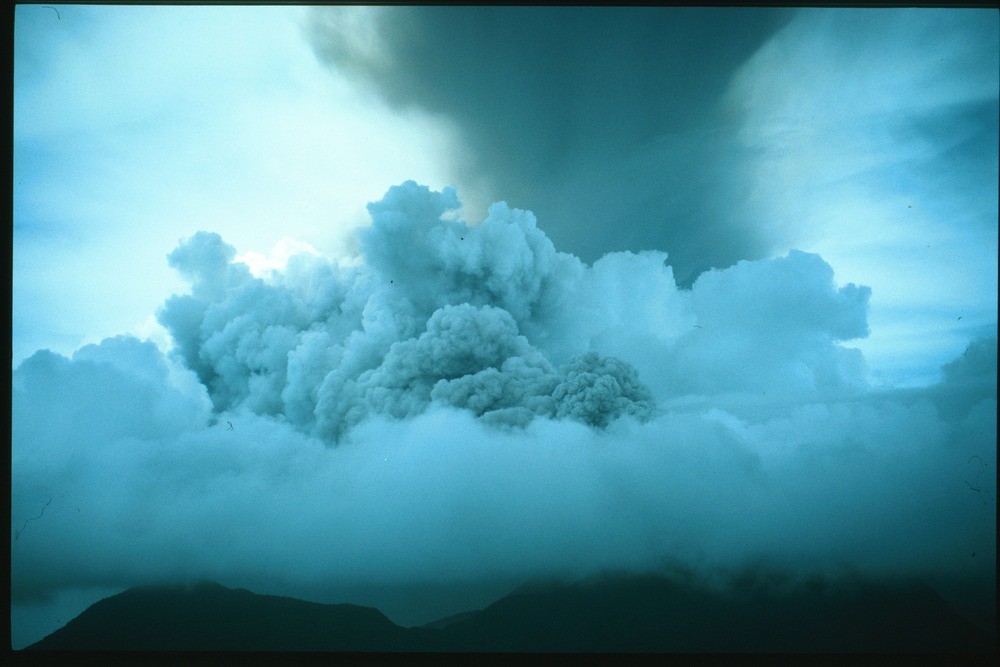A new paper in Scientific Reports, co-authored by COMET’s Tamsin Mather, has demonstrated for the first time that airborne remote detection of volcanic ash is possible.
Airborne volcanic ash is a known hazard to aviation, but there are no current means to detect ash in-flight as the particles are too fine for on-board radar detection and, even in good visibility, ash clouds are difficult or impossible to detect by eye.
The economic cost and societal impact of the Icelandic eruption of Eyjafjallajökull generated renewed interest in finding ways to identify airborne volcanic ash in order to keep airspace open and avoid aircraft groundings.
The research, led by COMET Board Member Fred Prata, involved designing and building a bi-spectral, fast-sampling, uncooled infrared camera device (AVOID) to examine its ability to detect volcanic ash more than 50 km ahead of aircraft.
Experiments conducted over the Atlantic Ocean, off the coast of France involved an artificial ash cloud being created from a second aircraft, using ash from the Eyjafjallajökull eruption itself.
The measurements made by AVOID, along with additional in situ sampling, confirmed the ability of the device to detect and quantify ash in an artificial ash cloud. This is the first example of airborne remote detection of volcanic ash from a long-range flight test aircraft.
The full reference is Prata, A. J. et al. Artificial cloud test confirms volcanic ash detection using infrared spectral imaging. Sci. Rep. 6; doi: 10.1038/srep25620 (2016).






![Figure 4. Data, spherical source elastic half space model and residuals for recent deformation at Calbuco [Bagnardi].](http://tempcomet.leeds.ac.uk/wp-content/uploads/2015/04/Figure-4.-Spherical-source-Calbuco-300x137.png)